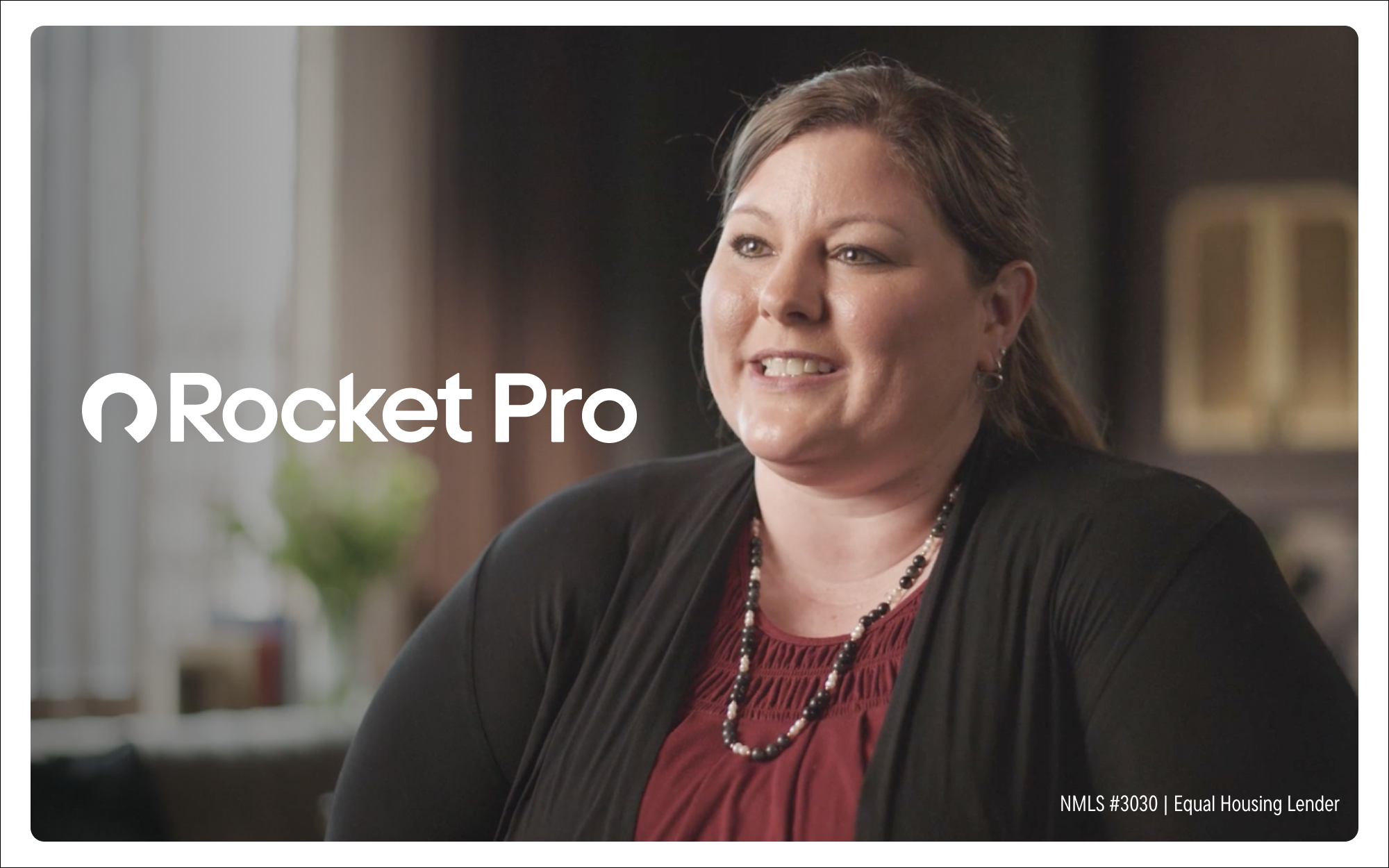When a bank wants to provide a loan above its lending limits, it’s time to turn to participation loans. But what are the benefits and risks involved for community banks?
Sharing the Load With Participation Loans
February 19, 2024 / By Beth Mattson-Teig
When a bank wants to provide a loan above its lending limits, it’s time to turn to participation loans. But what are the benefits and risks involved for community banks?
Banks that can get comfortable navigating underwriting risks are discovering the benefits of participation loans.
Participation loans can be an avenue to both grow and diversify loan portfolios. “For us, there are a lot of pros and not many cons,” says James W. Gore, chief credit officer at $500 million-asset Lumbee Guaranty Bank in Pembroke, N.C., which has a loan-to-deposit ratio below 50%.
“Our first priority is the markets that we serve and in the surrounding area,” Gore says. “But to get the best return for our bank and our stockholders, we want to put that money to work, and looking at the participation arena has been very good for us.”
Participation lending has allowed the bank to do business in bigger markets. For example, Lumbee Guaranty recently funded a $1 million portion of a more than $5 million loan for a new hotel development in Raleigh. In this case, the lead bank had already financed one hotel for the borrower, and a second loan would have exceeded its lending limit.
“Doing participations is a way for us to have lending activity in the strongest market in our state without any capital investment,” says Gore. “Furthermore, we are doing that through partners that we have a lot of confidence in [and] with community banks that are very well established in that market and have good underwriting.”
“The major driver behind participations for us is the size of the deal and to the extent that it outstrips the bank’s ability to hold the entire loan on our own balance sheet.”—Joel Smith, Native American Bank
A path to serving more customers
Bringing in a lending partner allows banks to continue serving customers when loan amounts exceed their legal lending limits. Denver-based Native American Bank recently closed on a $20 million loan to fund a medical clinic for a tribe in northern Wisconsin that was well above its lending limit. The bank partnered with a local tribally owned bank in Wisconsin to bid on the project as co-lenders. Together, the two banks then found four more native CDFI organizations who came in as participant lenders so they could successfully deliver financing for the needed project.
“The major driver behind participations for us is the size of the deal and to the extent that it outstrips the bank’s ability to hold the entire loan on our own balance sheet,” says Joel Smith, senior vice president and chief credit officer at $282 million-asset Native American Bank. As a national lender, the bank also recognizes the value of working with a local bank partner.
“Having someone local that can give you real feedback on the need for the project, on the people that are running it and keep an eye on it for you—that’s a big advantage for us,” he adds.
Participation loans have traditionally been viewed as a riskier step for banks to take, however. “You’re totally dependent on what you’re seeing on paper from what the lead banker in the participation has done,” says Chris Cole, executive vice president and senior regulatory counsel at ICBA. And for many community banks, they don’t need to pursue participation loans when their existing borrower demand has remained relatively stable, he adds.
Developing best practices
As with any loan, a bank needs to conduct its own underwriting and credit assessment to guide decision‑making.
“After the closing, a participation loan that is on our books is treated just like a loan that we originate ourselves, as far as keeping up with financial statements, tax returns and things of that nature,” says Gore. The bank needs to monitor that loan to be aware of any variation in the credit quality to identify changes in risk factors. “If we have a $1.2 million participation piece on our books, the examiner is going to look at it just like a $1.2 million perm loan that we originated ourselves,” he adds.
One of the tools that can help participation loans go smoothly is a document sharing portal. It’s helpful to have a process to track all the different documents, as well as a shared site where all parties can post and access various documents. In addition, it’s important to have good communication and set expectations so that everyone is on the same page regarding roles, responsibilities, pricing and fees and the overall process, advises Native American Bank’s Smith.
At the end of the day, successful participation lending comes down to relationships. “It’s a lot easier to work in these situations where you already know and have a relationship than just a cold call to some other institution,” Smith says.
In some cases, Native American Bank might bring another bank into a deal, and the hope is that banks will call on them when they have an opportunity. So, there is an underlying sense of working together so it isn’t just a one-way street, he says. “When we work with banks, we try to encourage a reciprocal relationship.”
New digital platforms for participation lending
Some banks turn to fintechs to increase efficiency in participation lending. Don Shafer, cofounder and chief evangelist of Quilo, a digital lending and syndication platform, says some community banks with excess funding capacity can build a loan portfolio with the metrics, unit cost, efficiency and yield of a much larger financial institution. “Any community bank that needs higher earning assets on the balance sheet can do that without hiring anybody and without impacting operations,” he says.
Subscribe now
Sign up for the Independent Banker newsletter to receive twice-monthly emails about new issues and must-read content you might have missed.
Sponsored Content
Featured Webinars
Join ICBA Community
Interested in discussing this and other topics? Network with and learn from your peers with the app designed for community bankers.
Subscribe Today
Sign up for Independent Banker eNews to receive twice-monthly emails that alert you when a new issue drops and highlight must-read content you might have missed.
News Watch Today

Join the Conversation with ICBA Community
ICBA Community is an online platform led by community bankers to foster connections, collaborations, and discussions on industry news, best practices, and regulations, while promoting networking, mentorship, and member feedback to guide future initiatives.












